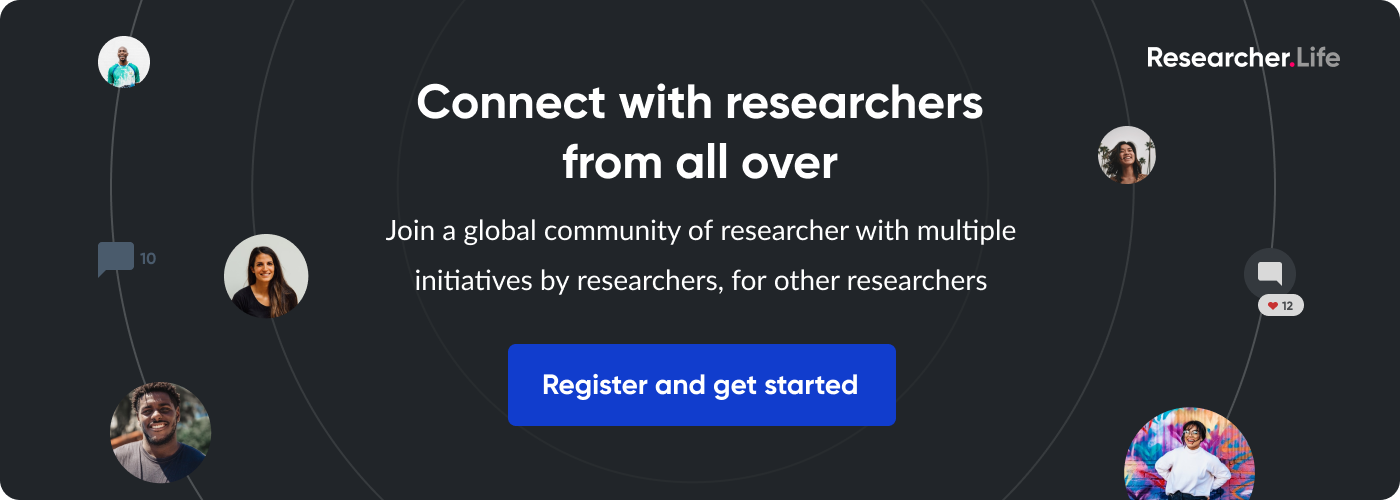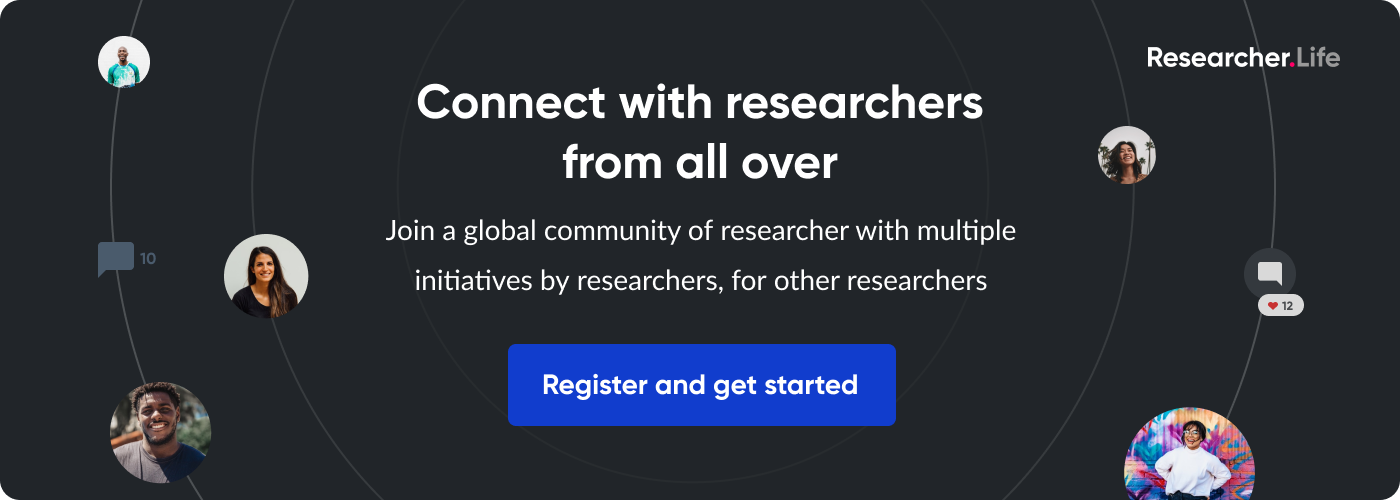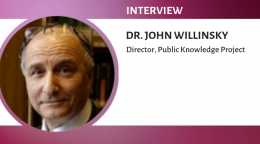Beyond the journal article: New ways of communicating science

At the 2017 UKSG forum which I attended, the talk was all about collaborating and adapting to change. Several members of the scholarly community were in attendance and those who were not could vicariously be a part of the discussion through tweets that poured from the event. The standout one for me was Stacy Konkiel’s tweet quoting Toby Green: "You can make all your stuff #openaccess but if no-one reads it you might as well not bother." I think this statement captures the evolving nature of the discourse on scholarly communication.
However, UKSG 2017 isn’t the only place such a commentary has found expression in recent times. Before that, at the Association of Learned and Professional Society Publishers (ALPSP) 10th Anniversary Conference in Noorwijdk, which I had the good fortune to attend, the whitepaper most talked about was titled "The Reach and Impact of Research Articles Beyond the Academy." It was about the growing need for publishers to explore new channels to take traditional scholarly output beyond the ivory tower of academia.
Editage Insights has been actively engaging with researchers, journal editors, publishers, and other industry voices on the topic of taking research beyond its publication, arguing that although the journey of a manuscript from writing to publication is a long one, publication is not the ultimate goal. Today, it is more important to ensure that published research is easily accessible and understood by both academic and non-academic audiences, niche and interdisciplinary groups, and policymakers and lay society alike. Several researchers, publishers, and funders are adopting open access as one way to increase access to research data and findings. But is open access enough? Perhaps not.
The definition of open access is due for an expansion, or more accurately, a broader interpretation. Over the past couple of years, several players in the scholarly publishing landscape have debated about how best to draw attention to this. To this end, I conducted a webinar titled Beyond Open Access: Exciting New Strategies for Science Communication earlier in October, during Open Access Week 2017. As the title indicates, this webinar was the unveiling of a new construct of open access that I think will gather speed on the road ahead.
The webinar defined this new notion of open access, discussed the benefits of science communication in maximizing research impact, demonstrated the different content formats you can use to share your work, and offered practical examples of what researchers are doing to increase the visibility of their work.
I am talking about a new movement in scholarly publishing – one that is rooting for the communication of science via platforms other than academic journals. Some might say, “Don’t lump it with open access!” But call it “science communication,” call it “research impact”—the more important thing to acknowledge is that it is here to stay. Why? Because more than half the papers that are published today go unread, much less cited (Sommer, 2017). Ninety percent of all the scientists that ever lived are alive today, yet most Americans cannot name a single living scientist.
Such a status quo can only be a precursor to change, and we are seeing signs of it everywhere. Funders are beginning to seek evidence of wider impact, of how the dots between an academic work and real-world change can be connected. Policies are being developed by governments to measure the impact of university research. And this change in mandate, coupled with the increasingly felt pressure to make one’s work conspicuous, is driving change in researcher habits. Academics are not stopping at publication; they are tweeting, blogging, talking about it. Discovery pathways are changing too—people are asking, “How can I help my readers jump over paywalls, understand my work in a few minutes?”
There is a growing need overall to discuss in greater depth change that is happening—new ways of diffusion of scholarly knowledge; novel content formats for science communication; an expanding set of responsibilities expected of publishers, authors, institutions—and change that is on the cards (What measures of research impact will funders mandate in the coming years? Can the traditional article of record be available in multiple formats? Will there be an institution-backed shift in the approach to communicating science?) And it is important that more stakeholders from among authors, publishers, institutions, funders, industry, science communicators, policy makers, public engagement bodies, and press offices participate in this conversation.
The object of my webinar was to offer a glimpse of this changing landscape and some practical ways to navigate the same. The strategies outlined are certainly not exhaustive but hopefully can be seen as a place to start from. The evolving landscape of science communication offers exciting opportunities and holds the promise of making scientific research findings truly open accessible and comprehensible. In short, science communication, as a broad all-encompassing phenomenon, is here to stay.
What are your views on science communication? We'd love to hear your thoughts. Do leave your comments below.
Here's a video that talks about how in order to be effective in bringing about positive change, scientific research needs to reach people and how public engagement is critical in today's age.
Published on: Nov 27, 2017
Comments
You're looking to give wings to your academic career and publication journey. We like that!
Why don't we give you complete access! Create a free account and get unlimited access to all resources & a vibrant researcher community.

Subscribe to Career Growth










